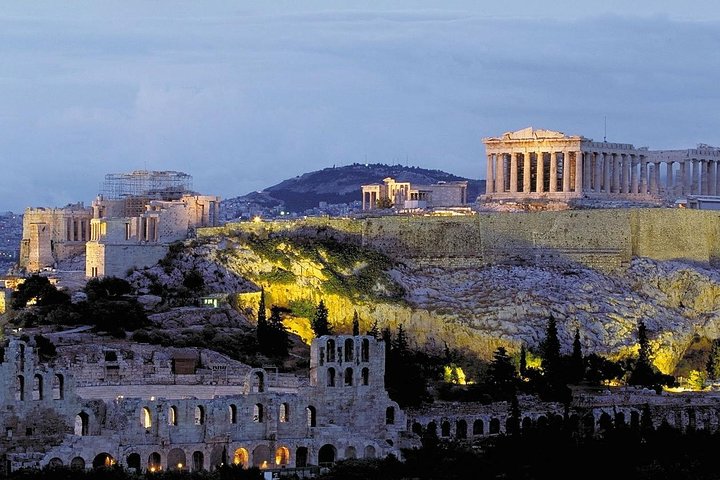Walking Through History: My Journey on the Acropolis and Parthenon Tour
As a former European history professor, the chance to explore the Acropolis and Parthenon was a dream come true. Join me as I recount my journey through Athens, where ancient history and modern marvels intertwine.
A Stroll Through Time: The Acropolis and Parthenon
The allure of Athens, with its rich tapestry of history and culture, has always been irresistible to me. As a former professor of European history, the opportunity to walk through the very cradle of Western civilization was a dream come true. My wife and I embarked on the Acropolis and Parthenon Walking Tour with eager anticipation, ready to immerse ourselves in the stories and structures that have shaped the world.
Our journey began at the tour company’s office, conveniently located near the Acropolis metro station. The efficiency of the operation was immediately apparent, as we were provided with listening devices and headphones, ensuring we wouldn’t miss a word of the rich historical narrative that awaited us. The day was made even more special by the serendipitous discovery that entrance to the Acropolis was free that Sunday, a delightful surprise that added to the sense of adventure.
Ascending the Acropolis: A Historical Tapestry
Our guide, Aegli, was a font of knowledge, weaving together the complex history of the Acropolis with ease and enthusiasm. As we ascended the slopes, she painted vivid pictures of the past, from the inception of the Acropolis to its transformations under Roman, Persian, and Ottoman influences. Her descriptions were complemented by artists’ renderings of ancient pulley mechanisms, illustrating the ingenuity of those who built these monumental structures.
The walk up the slopes was not just a physical journey but a temporal one, as Aegli pointed out the significance of various atriums and amphitheaters along the way. Each step brought us closer to the heart of ancient Athens, where the Parthenon, the old temple of Athena, and the temple of Athena Nike stood as testaments to the city’s enduring legacy. Although the temple of Athena Nike is no longer accessible to tourists, Aegli’s detailed accounts allowed us to appreciate its historical significance fully.
The Parthenon and Beyond: A Legacy Preserved
Standing before the Parthenon, I was struck by its grandeur, even in its state of partial ruin. Aegli explained the Greek government’s decision to preserve the Parthenon in its current form rather than attempt a full restoration, a choice that respects the passage of time and the layers of history embedded in its stones. Her insights into the temple’s past, including its semi-destruction during Ottoman times, added depth to our understanding of this iconic structure.
Our exploration continued at the New Acropolis Museum, where we began on the top floor, marveling at a Lego replica of the Acropolis. The museum’s design, with its glass floors revealing the ancient city beneath, was a fitting tribute to the layers of history we had just traversed. Aegli guided us through the exhibits, highlighting the significance of the Parthenon sculptures on display. Many were broken, yet their fragments told stories of resilience and artistry. The sketches by the French traveler Carrey, depicting the sculptures as they appeared in 1674, provided a poignant glimpse into the past.
As we concluded our tour, I reflected on the profound connection between history and the present. The Acropolis and Parthenon are not just relics of a bygone era but living symbols of human achievement and cultural continuity. This journey through Athens was more than a tour; it was a pilgrimage to the heart of Western civilization, a reminder of the enduring power of history to inspire and enlighten.
















































